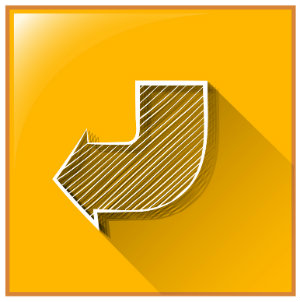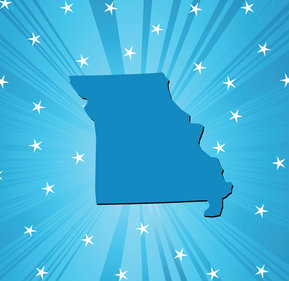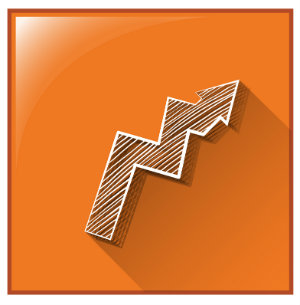What I Learned This Year in History Class
A MiddleWeb Blog Post
I have been trying to pause in this whirlwind of final stuff at the end of the school year in order to reflect, but it is very hard to do.
Grades beckon (we provide extensive narrative comments for each student at my school), ancillary graduation responsibilities loom, and I am just trying to make sure my students have the ability to complete the projects, have the experiences, and learn the content – all in a few short weeks, or really…days.
And truth be told, it isn’t just work responsibilities that are clouding my ability to stop and do some real reflection, but also the siren song of SUMMER.

But it is altogether imperative to do a real reflection at the end of the year, when impressions are still fresh. I always think that when August/September comes around I will remember everything – what worked, what didn’t – but, in reality, last year’s reflections are a distant memory, quickly displaced by new schedules, new class lists, new ideas.
Looking Back
It’s a good thing that when I decide I’m ready to reflect on last year I have my trusty purple book.
It used to be an actual book, with a purple cover, but now it’s an Evernote folder entitled “Purple Book.” Anytime during the year when I notice something didn’t quite work or needed an adjustment, I write it down as thoroughly as I can in my Evernote folder so that I can revisit it in the future (ideally before the school year is over).
For example, as I discussed in a recent post, “My Flipped History Classroom: Year Two,” I made some mistakes with the timing and amount of flipped videos I employed at the beginning of this school year. Next year, not only will I make those videos shorter, snappier, and more infrequent, but I am going to try to have students make them as well.
I wrote that down because it happened at the beginning of the year; if I hadn’t, I wouldn’t have remembered to adjust until it was too late to do so in a purposeful way.
Some Teaching Highs
I don’t record as often the things that go well, but tend to dwell the things that don’t (there you go, a new thing to do for next year! I’ll make another Evernote folder). So most of my recollections of what went well come from the past few months.

It worked to varying degrees; the first time they tried the backchannel it was full of words like “hi” over and over and inside jokes, and the on-topic content talk was at a lower level than I would have liked.
The second time I tried it with them (because I wasn’t going to just try it once) they did beautifully. That next time, I used it in a slightly different context than presentations. I had my students fishbowl the question: Were the slaves freed by the Emancipation Proclamation? Five students sat in the middle, in the fishbowl, and instead of the outside circle passively taking notes until it was their time to reflect, I made a room in TodaysMeet and they were able to have a great back channel conversation in response to the fishbowl discussion, using facts, bringing new ideas, and contributing purposefully.
Another thing I tried for the first time this year that was successful was IdeaPaint. I had it installed all over one of my larger walls. Instead of the usual silent quick writes or oral think-pair-share activity, I could have a student write/draw responses on the board for the whole class to see and comment on. The IdeaPaint wall also came in handy when the students did a very PBL-centered unit driven by the inquiry question: What caused the Civil War?

The PBL unit culminated with the students creating something that showed, based on their research and synthesis, what caused the Civil War. Students made video games and movies; one group set up a row of giant dominoes that would fall down one by one if the catalyst (representing the expansion of the United States) hit the first one.
It was the first time I taught this unit by centering it around an inquiry question, instead of linearly presenting the content, and I think it worked well. The students were also able to do a timed writing with citations about the causes of the war which showed a strong level of understanding.
Some Challenges
Along with the positives, there are places that I continue to need to retool. Every year I have tried something new in terms of annotations, and I still don’t think I got it right this year.

Another thing I tried that didn’t go quite as well as I had hoped was that I had the students each have a personal blog on Edublogs. Because of concerns of privacy, I used the “walled garden approach” – meaning that the only people who could see the posts were the other students. This worked, but there was no measurable increase in function since it wasn’t available for parent or public comment. It was no different, from what they could do on our learning management system, really, and I wasn’t able to always organically find a way for the students to use it purposefully.
I hope next year we can expand the walls a bit; being a Ron Berger fan, I would love for my students to have an audience for their writings, their projects, and their thoughts – beyond the classroom.
And, as always, I was pressed for time at the end of the year. I really hope that next year I will be able to apportion less time for the things that could use less time, and more for the projects that both my students and I are excited about.
Looking Forward
Even though the year is wrapping up, it is hard not to look forward and get excited about next year. It is so important in education to be constantly reflecting on what we are doing– what is working, what isn’t, what needs to be adjusted. Right now, before we’ve forgotten everything — the small triumphs and the misses– is the best time to look back so we can look forward.

Summer can be an awesome time to get new ideas to bring into your classroom, to go to an amazing conference, or follow a conference on Twitter if you aren’t going (#notatISTE2015), to do a deep dive into your content area in social studies or history (personally, I am excited to re-listen to all 27 hours of Dr. David Blight’s Yale lecture on the Civil War).
This summer, you may take time to write something, to reflect on your practice and share it – because education is really exciting right now, primarily because this reflection and share process is spreading! Now would be a great time to focus on a unit that went well, or poorly, and write about the process. Someone out there, or maybe many someone’s, could get a lot out of it.
What went well for you this year? What would you change? What reflections can you share here?






































Thanks, Jody. I use Todaysmeet but hadn’t thought about using it for fishbowl. I definitely want to try that.